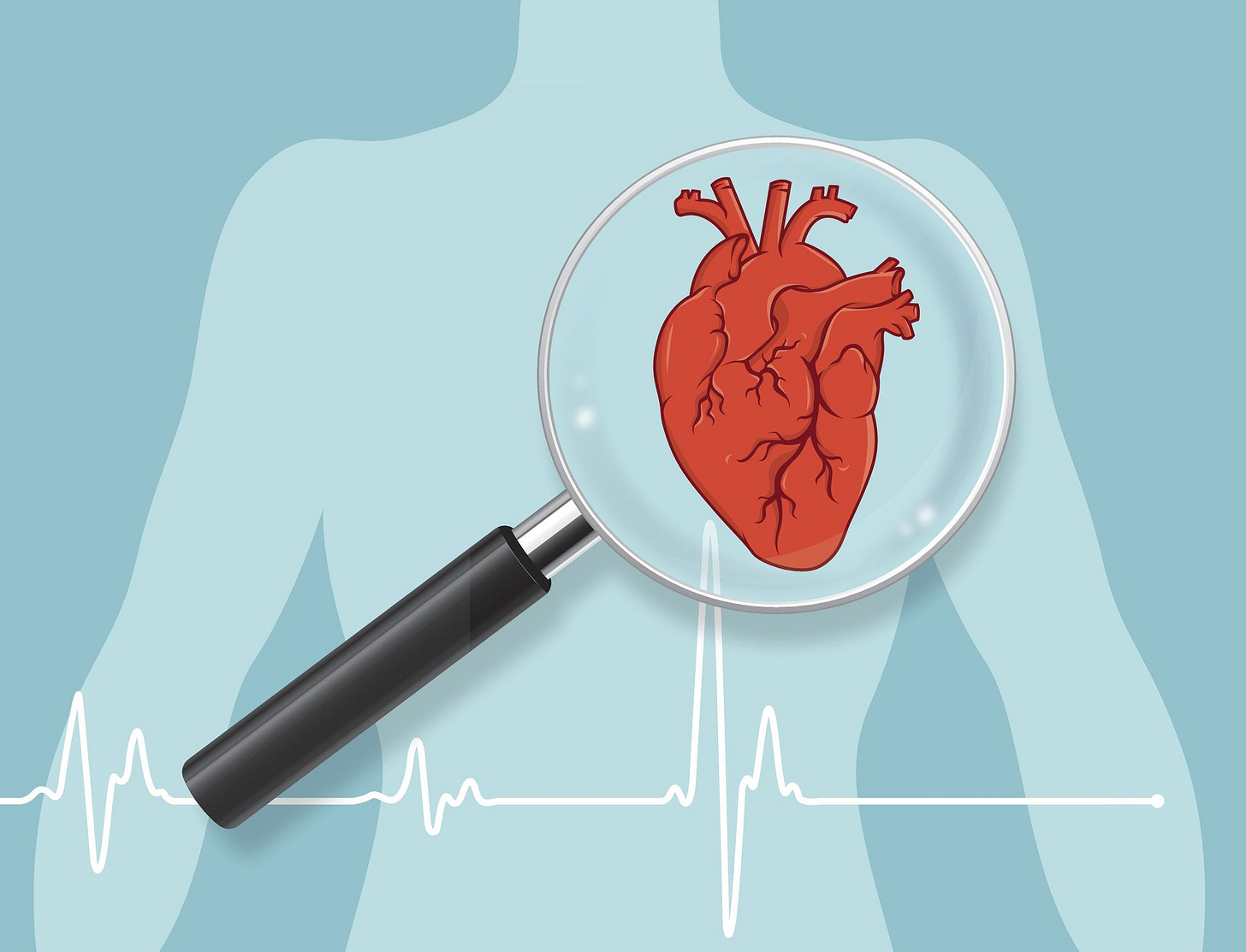Cardiac Arrest
Written by Aanya Deshpande
Cardiac arrest occurs when the heart suddenly stops beating. The lack of blood flow to the organs can cause a person to lose consciousness or die if not treated immediately. Many states require an AED to be accessible in public spaces. I wanted to bring awareness to the symptoms of cardiac arrest, the causes, and quick treatments to aid them.
Causes of cardiac arrest can include arrhythmia and ventricular fibrillation. Arrhythmia is when the heart beats at an irregular rhythm. Ventricular fibrillation is a common type of arrhythmia that is the most common cause of cardiac arrest. Another cause of cardiac arrest could be an enlarged heart that leads to abnormal heart contractions. Coronary heart disease is another cause of cardiac arrest. This heart disease occurs when the coronary arteries have plaque blockages, restricting blood flow to the heart. This can lead to arrhythmia and cardiac arrest. Other causes of cardiac arrest include lack of oxygen, valvular heart disease, blood loss, or high levels of potassium and magnesium. Potassium and magnesium can lead to arrhythmia.
Drugs and alcohol abuse, family history of heart disease, high blood pressure, high cholesterol, obesity, and smoking are all ways that increase the risk of cardiac arrest. However, some may go into cardiac arrest without risk factors. Cardiac arrest is more common in older men than women.
Symptoms of cardiac arrest include dizziness, shortness of breath, fatigue, nausea, chest pain, fast heart palpitations, and unconsciousness. However, most symptoms arise before cardiac arrest occurs. In some cases, these symptoms may not occur at all. If a person shows these symptoms, it is best to call 911.
Cardiac arrest treatment must be immediate and effective for it to work. Treatments must also induce blood flow back to the heart. The most common treatment is cardiopulmonary resuscitation (CPR). CPR is when a person compresses the victim’s chest to increase blood flow to the organs. However, CPR is a temporary solution for cardiac arrest until medical professionals arrive. Another treatment is a defibrillator. A defibrillator is an instrument that medical professionals use to send an electric shock to the heart to cause beats. It can also reduce further organ damage from blood deprivation. Many public areas have automated external defibrillators (AEDs) that detect harmful arrhythmia and can be used by anyone.
To prevent cardiac arrest, it is good to lead an overall healthy lifestyle by exercising, reducing alcohol and drug intake, quitting smoking, and eating healthy meals.
References
https://www.hopkinsmedicine.org/health/conditions-and-diseases/cardiac-arrest#:~:text=What% 20is%20cardiac%20arrest%3F,die%20if%20not%20treated%20immediately.
Written by Aanya Deshpande from MEDILOQUY


